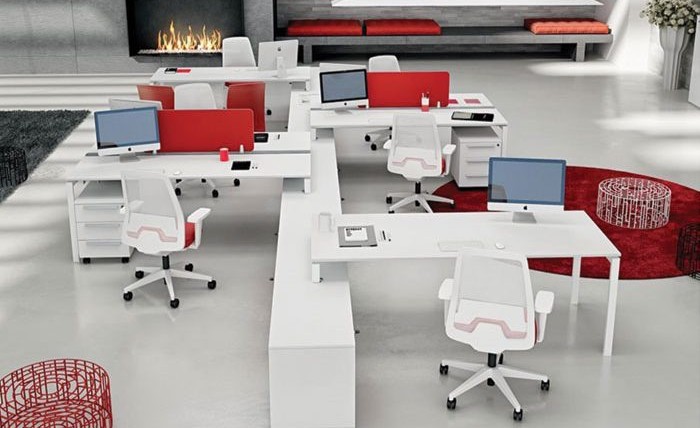Cubicles and 9-to-5 schedules are becoming relics of the past in today’s highly competitive labor market, where top talent demands a new paradigm.
The Capital One 2019 Work Environment Survey found that 61 percent of professionals expect their next employer to offer flexible hours, and 54 percent expect the ability to work remotely.
“Flexibility to work outside traditional business hours and the four walls of the office is no longer just a nice-to-have for today’s professionals–it’s an expectation,” says Stefanie Spurlin, vice president of workplace solutions at Capital One.
To meet those expectations, business leaders must make smart technology choices, especially in the area of collaboration. Employers must provide solutions that make it easy for employees to stay up-to-date with what’s happening in the office and to collaborate with their coworkers while they are traveling or working remotely.
Video meeting and conferencing solutions, real-time collaboration tools like chat services, and internal mobile apps are becoming the office products of the new workplace, as ubiquitous as fax machines in the pre-digital age.
“The goal is to find tools that build connectivity across geographies and locations, allowing teams and individuals to work as if they are sitting together,” Spurlin says.
“When you think about project-based work, there’s usually some combination of the two involved,” she says.
The Time Zone Challenge
Employees working in different time zones often have limited opportunity for real-time communications. This geographical divide drives a need for technology solutions that enable workers to clearly record what they’ve done and organize information so their coworkers can find it easily and pick up where they left off.
Whether employees are separated by thousands of miles and multiple time zones or just a couple of floors in an office building, technology plays a critical role in helping them to maximize their job performance. When asked which technologies would improve job performance and success at work, 75 percent of respondents in the Capital One 2019 Work Environment Survey cited video meeting or conferencing capabilities and 74 percent mentioned real-time collaboration tools.
“Putting the proper technologies in place to help people connect just as easily with their colleagues when working remotely as if they were in the office together gives employees the freedom to work away from their desks without feeling like they are sacrificing interaction with their coworkers,” Spurlin says.
Helping Leaders Meet Management Challenges
Technology also helps business leaders meet the challenges of managing a multi-geography workforce. When employees are working in multiple locations, extra effort on the part of managers may be required to make sure those employees feel connected.
As Spurlin explains,“they should feel empowered to approach the manager digitally, perhaps via chat or a quick text, the same way an employee in the office may swing by a manager’s office to ask for a few minutes to check in.”
Making video rather than phone calls–the default means of connecting for check-ins or status meetings with employees working in different locations–is one way business leaders can leverage technology in this effort. Doing so ensures that valuable face-to-face meeting time is regularly scheduled.
“People management is one of the things that is really changing as the workforce becomes more and more distributed, but technology enables managers to bridge any gaps and facilitate different management styles or needs,” Spurlin says.
Flexibility is an increasingly important consideration for today’s employees when evaluating job opportunities and comparing prospective employers. Eighty-one percent of respondents in the 2019 Capital One 2019 Work Environment Survey cite flexible schedules as one of their top two reasons to stay with a company.
“With that in mind, companies can gain an edge by putting technology solutions in place that will help to foster a collaborative work environment and better work-life integration for employees,” Spurlin says.
(Source: Inc. Magazine)









